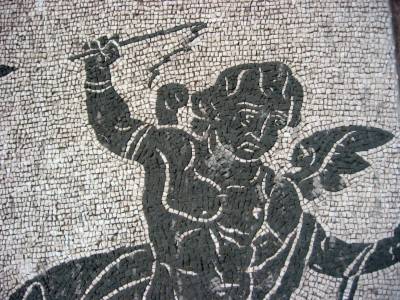
Mosaic tiles at Caracalla.
Baths of Caracalla
(Terme di Caracalla) Completed by Emperor Caracalla in AD 217, the baths functioned for about 300 years, until the "plumbing" was destroyed by invading Goths. Over 1,600 bathers at a time could enjoy the facilities. A Roman bath was a serious business, beginning with a sort of Turkish bath, followed by a spell in the caldarium, a large, hot room with pools of water to moisten the atmosphere. Then came the lukewarm tepidarium, a visit to the large central meeting place, known as the fridigarium, and finally a plunge into the natatio, an open-air swimming pool. For the rich, this was followed by a rubdown with scented woolen cloths. In addition to the baths, there were spaces for exercise, libraries, art galleries and gardens – creating a true leisure center. Most of the rich marble decorations of the baths were removed by the Farnese family in the 16th century to adorn the interior of Palazzo Farnese. Until recently, open-air operas were staged here – the vocal exertions of the performers are now thought to pose a threat to the structure of this ancient monument.
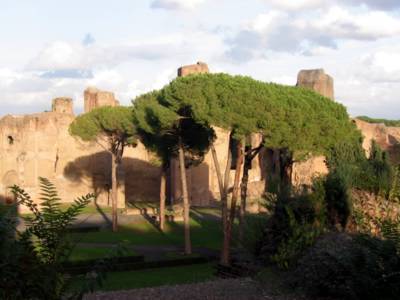
A view to the Baths of Caracalla from a hill outside.
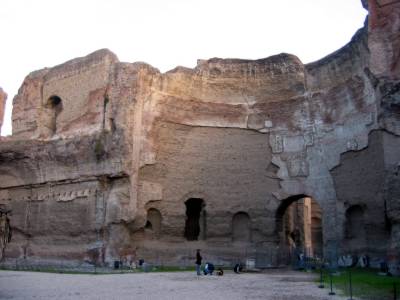
A large hall of the Caracalla Baths. "Today it's just a shall--a huge shall--with all of its sculptures and most of its mosaics moved to museums."
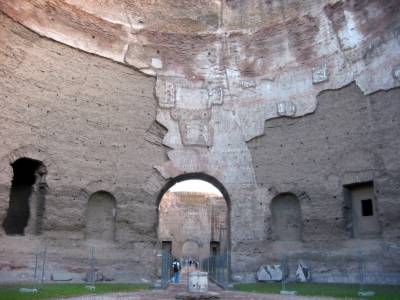
A large hall of the Caracalla Baths.
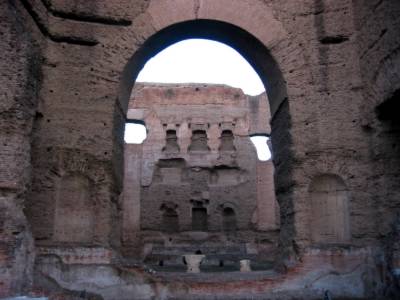
Arch window.
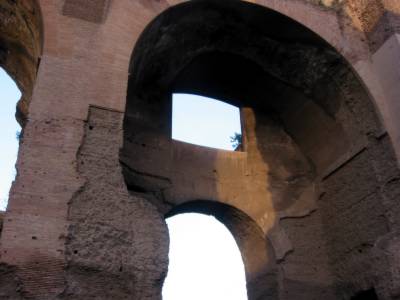
Grand arches.
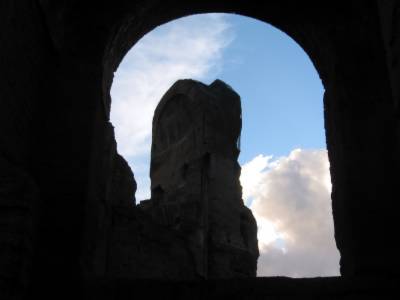
Arch window at sunset.
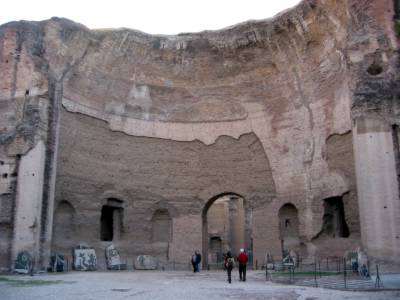
Another large hall of the Bath, used for exercise.
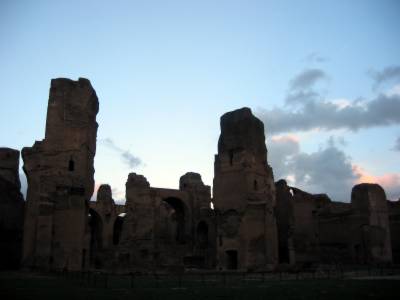
Baths of Caracalla at sunset, view from the garden.

Mosaic tiles at Caracalla.
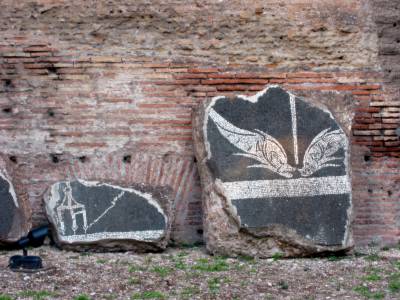
Mosaic tiles at Caracalla.
Roman Mosaic art: Of all the Roman remains uncovered over the years, there are more intact examples of mosaics than any other construction. It was mainly the walls and roofs of buildings that fell through decay and neglect. So the floors and foundations have remained largely intact to this day. This helps archaeologists as the mosaics were not just random pictures that decorated a room, they were fundamentally a message to any visitor about the family or occupant of the building, rather than just being the carpets of Roman times. Only the wealthy villa owners could afford such an extravagance as a personalised design, so they were also used to make a statement about the occupants and their standing in society.

Mosaic tiles at Caracalla.
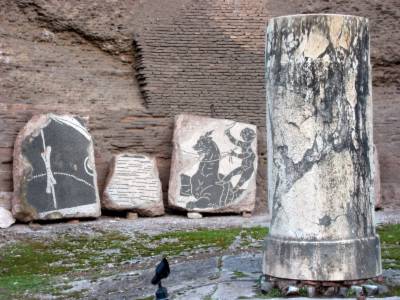
Mosaic tiles and a column at Caracalla

Mosaic tiles at Caracalla.
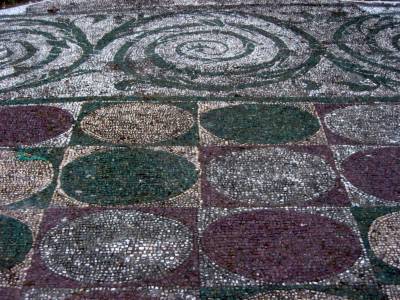
Mosaic tiles on the floor at Caracalla.
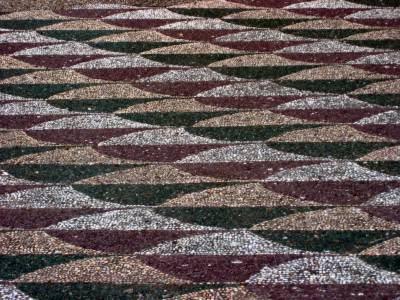
Mosaic tiles on the floor at Caracalla.
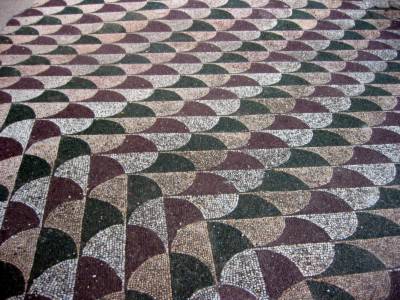
Mosaic tiles on the floor at Caracalla.
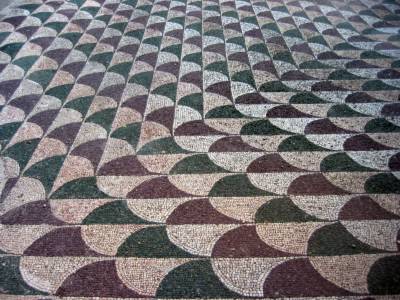
Mosaic tiles on the floor at Caracalla.
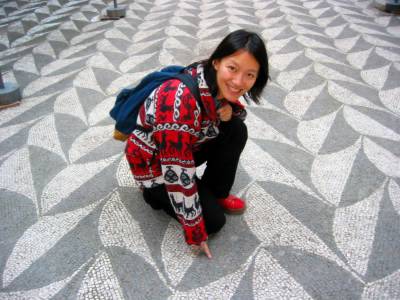
Falling in love with 1500-year old Roman mosaic floor at Baths of Caracalla, Rome.

No comments:
Post a Comment